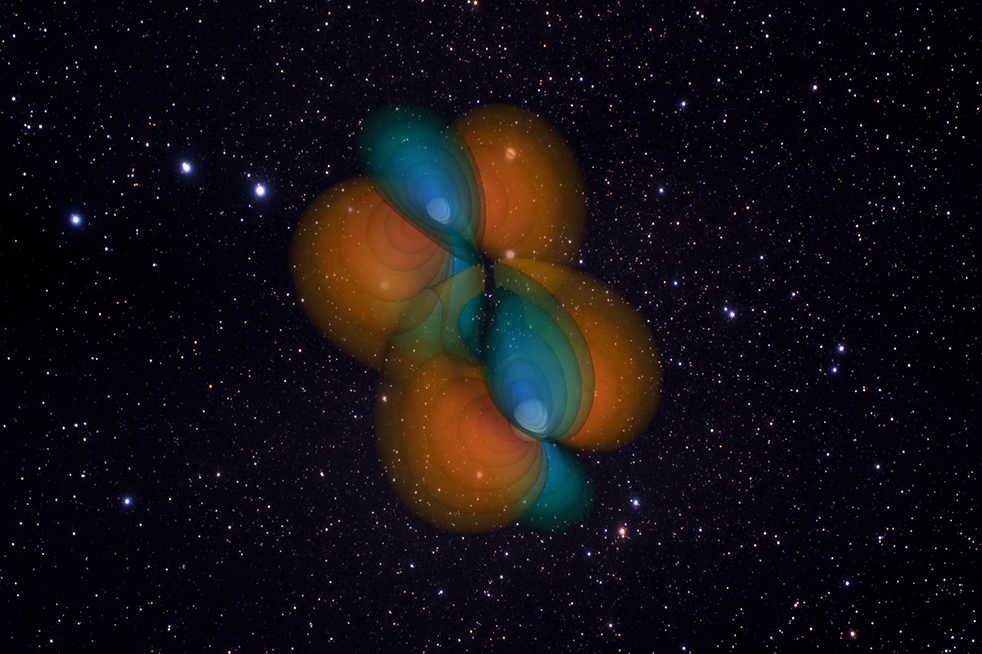One hundred years after Einstein predicted the existence of gravitational waves, a team of global researchers were able to observe them. This team, composed of about 1000 people, included two faculty members and 10 postdoctoral fellows, graduate students and undergraduate students from Tech.
One of Tech’s faculty members, Dr. Laura Cadonati, has actually worked with the Laser Inferometer Gravitational-Wave Observatory (LIGO) Scientific Collaboration since her post-doctorate 2002.
“I joined LIGO, actually, in 2002 as a post doc at MIT,” Dr. Cadonati said. “I was with them for about five years before moving on to my [first] faculty position. I approached LIGO as a, well, a job opening that I found interesting, and then I went to interview at MIT and met Ray Wise. He was so passionate about it. It seemed like such an exciting challenge that I did take the job and then I stayed with the job for now 14 years.”
Dr. Cadonati is not the only Tech faculty member who participated in the discovery.
“I work on the theory and seeing if we can detect and analyze the parameters coming out of sources of gravitational waves using the theory,” said Deirdre Shoemaker, associate professor of Physics.
A simplified explanation of gravitational waves is to think of a rock dropping in a pond and the ensuing ripples. In this case, the “pond” is space and time, the “rock” is two black holes interacting with each other — and ultimately colliding. The “ripples” are the gravitational waves the team was attempting to observe.
“The collision of these black holes happened 1.3 billion years ago,” Dr. Cadonati said. “There were these two black holes that had spiraled and merged and they released a huge amount of energy — the equivalent of three solar masses (three times the mass of the sun) — in a fraction of a second.”
“Gravitational waves interact weakly with matter, so if you’re able to decipher what the wave is saying, it can tell you exactly what happened to its source,” said Dr. Paolo Laguna, professor of Physics who helped analyze the signals recorded. “It’s up to us to untangle this and this sense is what gives us a new view of the cosmos.”
The team from Tech worked on several things relating to the overall project.
“It’s been a combination of the experimental LIGO team that’s been building on incredible experiments, engineering, experimental physics and clever data analytics,” Shoemaker said. “Then we came in doing the theory part, predicting what it would look like from Einstein’s equations, because you need these parameters.”
“You expect something that is coherent in the two detectors, so no matter what it looks like, it has to be the same in both detectors,” Dr. Cadonati said. “That’s what we call the Burst Search where you don’t assume a model, you just look for any kind of blip that looks the same in the two detectors.”
Though the gravitational wave signal was detected in the fall, the team did not announce the observation until last Thursday, Feb. 11, because they needed to verify everything before coming forward with it.
“There have been in the past claims of evidences for gravitational waves that were kind of ambiguous and not as clear as this one is. So, as a collaboration, we thought it was very important to be [extremely] sure — to do all of the validation and just be 300 percent sure we had the signal and it was real,” Dr. Cadonati said.
One of the group’s major concerns in the experiment was whether or not there was any bias in the data.
“Bias: sometimes if you know you have something that could be a signal, you tweek them a little bit, so we wanted to make sure we could do it blindly from beginning to the end,” Dr. Cadonati said. “So there was this test, called the Blind Injection Test, where a team of a couple of people were in charge of putting in the data signal data. This is accomplished by activating the mirrors just like a gravitational wave would do, but without telling anybody. So we had this kind of honor code where we knew this was going to be tracked and recorded somewhere and no one was going to look there.”
Once the signal was detected, the group had to look over the data and verify that nothing had caused a false positive.
“When we were presented with all of the evidence, there was trace of anyone tampering with anything and at that point, we really believed it,” Dr. Cadonati said. “Within a couple weeks we started doing our checks and doing our analysis, completing calibration tasks … it has taken five months.”
Despite the observation, the collaboration has a long way to go to understand the universe.
“I think there is still room for alternative theories for gravity,” Laguna said. “I don’t think everything has been fully explored.”
